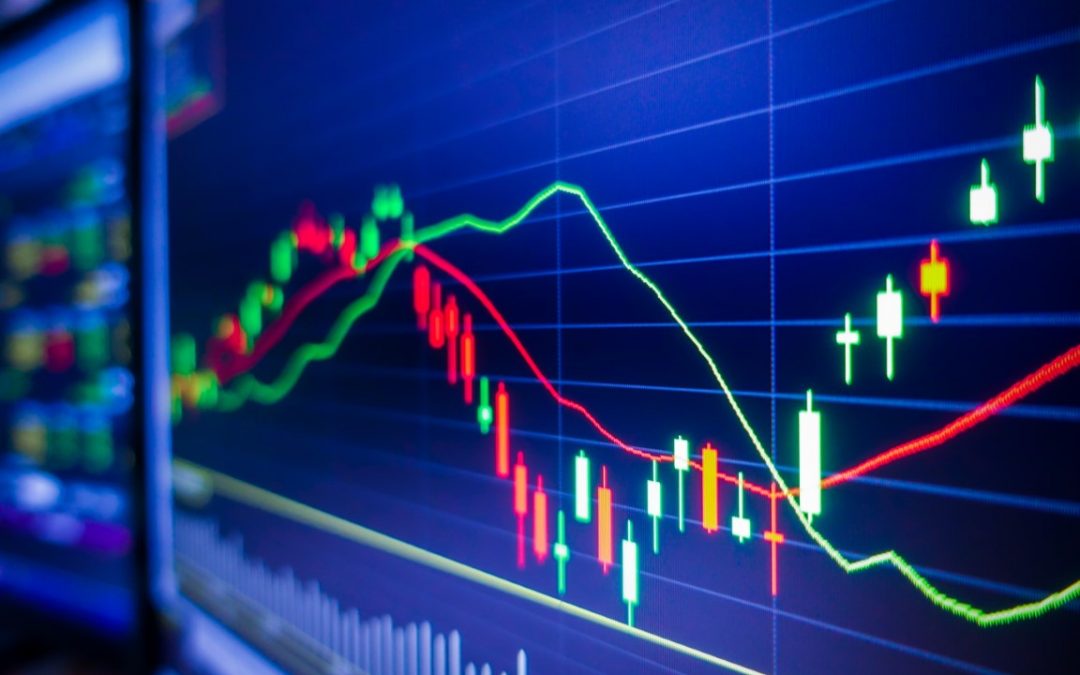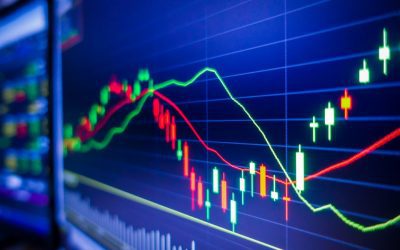The stock market rally has briefly paused as investors weigh the timing of the first Fed rate cut this cycle. So far this year, the S&P 500 has achieved 16 new all-time highs amid steady economic growth, improving inflation, and the ongoing rally in tech stocks. Many other asset classes have also contributed to portfolio gains in this environment. Both gold and Bitcoin, for instance, have also reached new highs in recent weeks, rising above $2,185 and $68,399, respectively.
Gold has reached new highs as investors anticipate rate cuts
 |
In times like these, it’s important for long-term investors to stay diversified and not lose sight of the bigger picture. True financial success is not about timing the market perfectly or going “all-in” on a single investment. Instead, it’s about building and maintaining a portfolio tailored to financial objectives that can perform well across all phases of the market cycle.
At the moment, the market believes it’s a matter of when, not if, the Fed will begin its first rate cut cycle since 2019. The underlying economic trends are in favor of lower rates but recent economic data have sent mixed signals as to the exact timing. For example, the latest report from the Bureau of Labor Statistics showed that 275,000 new jobs were added in February, well above what economists expected. A strong job market means that the Fed can hold off on cutting rates, since it suggests the economy is doing fine even with tight financial conditions.
However, the same report also showed that the prior two months’ job numbers were 167,000 lower than originally believed, while unemployment also ticked up to 3.9%. This muddies the picture, leading many investors to adjust their expectations in favor of a first rate cut in June or July.
In theory, gold can benefit from rate cuts just as the stock market does. Lower interest rates make bonds and cash relatively less attractive, leading investors to seek alternative ways to preserve wealth. This is especially true when investors are worried about the country’s fiscal discipline and geopolitical risks in the Middle East and Ukraine. The accompanying chart shows that gold has gained about 35% since its lowest point in 2022 when the Fed was hiking rates rapidly.
Interestingly, the S&P 500 has outperformed gold over this period with a gain of 44% with reinvested dividends. This is partly because gold does not always behave as one might expect or hope. In times of high inflation and economic distress, hard assets such as gold and other commodities are expected to outperform. While gold did rally in early 2022 when inflation was accelerating, gold prices then pulled back and did not recover until the middle of 2023. Gold also provides no income benefits which makes it less attractive if interest rates remain higher for longer.
Thus, while gold has experienced a strong rally and is hovering near all-time highs, it’s important to keep its relative performance in perspective. The choppiness of gold prices over the past few years shows that while it can act as both a hedge during inflationary periods and serve as a store of value, this can reverse quickly as conditions change. Like all asset classes, gold is perhaps most valuable as part of a diversified portfolio rather than as a standalone investment.
Bitcoin has jumped sharply for fundamental and technical reasons
 |
Like gold, Bitcoin has also rallied sharply in recent weeks. This is not just due to the possibility of Fed rate cuts, which should theoretically benefit cryptocurrencies and other stores of value, but is also related to the approval of spot Bitcoin ETFs in January. According to news reports, tens of billions in new funds have flowed into these ETFs which provide a simpler and more attractive way to invest in digital assets compared to Bitcoin futures or holding a digital wallet. On a technical basis, Bitcoin will also experience a “halving” around April during which the reward for mining will be cut in half. Some investors believe this might help to boost the price of Bitcoin as new supply becomes increasingly scarce.
Whether the rallies in Bitcoin and other cryptocurrencies continue is unclear given the uncertain nature of the asset class, especially after the various corporate collapses, scams, and criminal convictions in the ecosystem over the past few years. Still, the rapid recovery from the 2022 crash has no doubt attracted much investor attention.
Similar to gold, long-term investors should view digital assets from the perspective of properly diversified portfolios. Unfortunately, cryptocurrencies have not yet proven to be reliable portfolio diversifiers since they are strongly correlated with the stock market and other risk assets, serving to amplify risk. It’s no secret that Bitcoin is extremely volatile and price swings have been 5 to 10 times larger than the overall stock market.
So, Bitcoin can be thought of as another asset with specific characteristics. The question of whether and how much to invest in this asset should be no different than deciding on any stock, bond, currency, commodity, real estate property, etc. Careful analysis and risk management are needed to understand the potential risks and expected returns relative to other investments.
Many sectors have contributed to S&P 500 returns this year
 |
When it comes to the stock market itself, large cap tech stocks, including the so-called Magnificent 7, are still the main focus for many investors. However, many other sectors have contributed to broad market returns this year too. The accompanying chart shows that while the Information Technology and Communication Services sectors continue to lead the market, others such as Financials, Health Care, and Industrials have increasingly performed well.
News headlines tend to focus on the absolute best and worst performers in the market. For investors, how an overall portfolio performs is far more important – not just in terms of returns but its risk profile too. So, while large cap tech stocks have done well for good reasons, investors should not lose sight of the many other parts of the market that could also benefit from rate cuts, ongoing economic growth, easing inflation, a strong labor market, and more.
The bottom line? The choice to invest in gold, bitcoin, tech stocks, or any other asset should be viewed in the context of a diversified portfolio rather than as a standalone investment. When appropriate, doing so can help to balance other asset classes, creating a smoother ride toward long-term financial goals.




